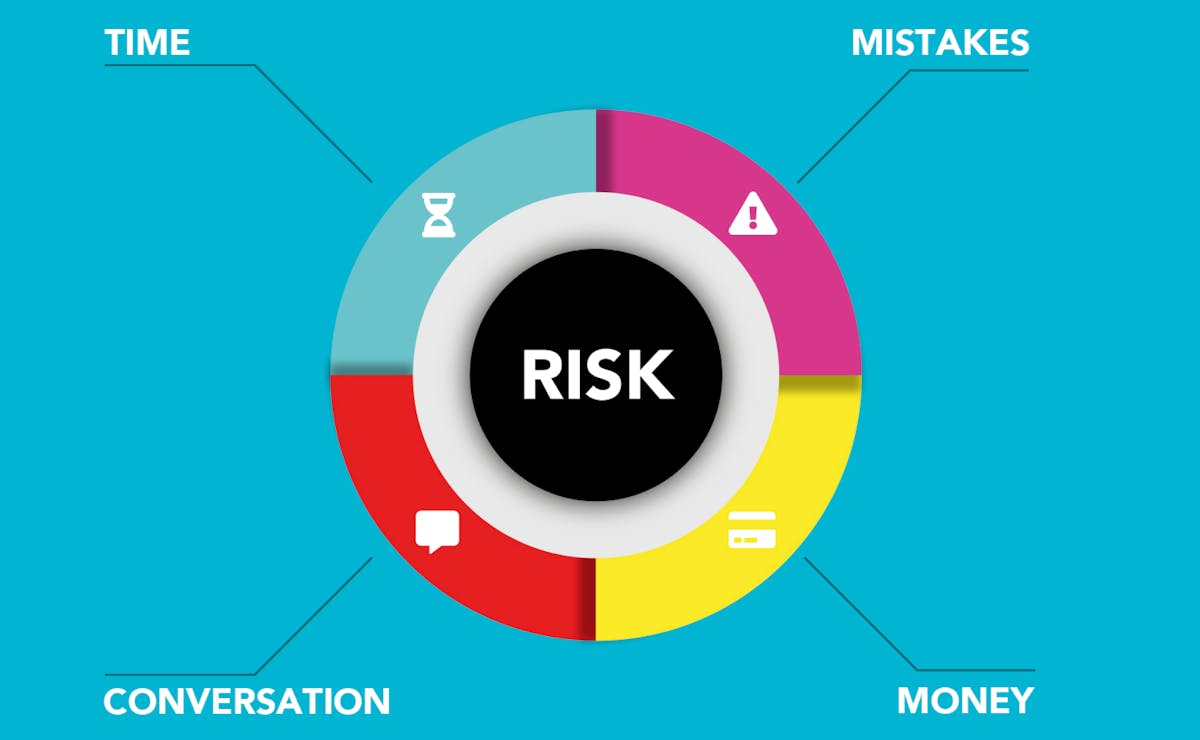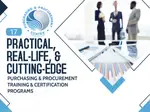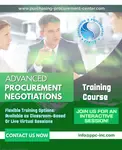Vendor Risk Management Best Practices:
5 Strategies to Enhance Supplier Risk Management
Vendor Risk Management Best Practices Summary:
1. Strategy #1- Put in Place a Strategic Vendor Selection Process
2. Strategy #2- Work on Establishing Clear Contracts and SLAs
3. Strategy #3- Regularly Adapt Continuous Monitoring and Periodic Review Processes
4. Strategy #4- Implement an Effective Contingency Plan
5. Strategy #5- Always Conduct Active Engagement and Open Communication

In today’s business environment, Vendor Risk Management (VRM) is more critical than ever.
Companies are increasingly reliant on third-party vendors for key services. However, with great reliance comes great responsibility, especially in managing the risks associated with these third-party relationships.
In this guide, we will discuss vendor risk management best practices in the form of 5 strategies to enhance your supplier risk management.
Strategy #1- Put in Place a Strategic Vendor Selection Process
Initiating a successful vendor risk management strategy begins well before any formal agreement is made, akin to a pre-production phase in filmmaking and is one of the most crucial vendor risk management best practices.
How to implement:
The essence of this foundational step lies in meticulous due diligence for vendor selection. It's imperative to approach this process with the rigor of a casting director scrutinizing potential leads for a pivotal role.
Here’s how to implement this:
Interested in improving your vendor selection process? Check out this training on Supplier Selection, Evaluation, and Performance Measurement.
- Conduct In-depth Evaluations: Initiate a thorough examination of potential suppliers to understand their capabilities fully.
- Extend Vetting Beyond Financial Health: Look past the financial stability of vendors to evaluate broader aspects such as:
- Employ a Scoring System: Utilize an objective scoring system to assess vendors on the above criteria. This aids in predicting their future performance and reliability.
- Ensure Comprehensive Assessment: A detailed vetting process is essential to ensure that vendors can uphold the high standards required by your business operations.
- Select Vendors That Meet High Standards: Choose vendors who successfully pass the evaluation phase, indicating they are capable.
Interested in improving your vendor selection process? Check out this training on Supplier Selection, Evaluation, and Performance Measurement.
Strategy #2- Work on Establishing Clear Contracts and SLAs
Once you have selected your preferred vendors, the subsequent critical phase is to delineate their roles and expectations precisely.
This is achieved through the development of detailed contracts and Service Level Agreements (SLAs), serving as the blueprint for the partnership.
SLAs are specific agreements within the contract that focus on the performance and quality metrics that the vendor must meet. Effective SLAs are characterized by:
How to implement:
- Measurable Targets
- Realistic Deadlines
- Regular Monitoring and Review
- Dynamic Adjustment Mechanisms
Here’s how to establish clear contracts and SLAs:
- Draft Detailed Contracts: Construct contracts with a level of detail comparable to a well-scripted play, specifying:
- Incorporate Contingency Clauses: Ensure contracts are equipped with clauses that address potential variances, including:
- Emphasize Mutual Understanding: Facilitate a comprehensive understanding among all parties regarding their responsibilities and performance criteria.
This strategic approach ensures that each vendor is fully aware of their obligations and the standards they are expected to meet, laying the groundwork for a successful and accountable partnership.
Read More: 10 Fundamentals of A Contract Management Manual
Strategy #3- Regularly Adapt Continuous Monitoring and Periodic Review Processes
Continuous monitoring and periodic review processes of vendor performance are akin to the critical rehearsals in a production, ensuring every participant plays their role flawlessly.
This strategy involves an ongoing vigilance to maintain alignment with contractual obligations and to foster an environment of continuous improvement.
How to implement:
Adopting a proactive stance on continuous monitoring and review ensures that your organization can swiftly respond to performance deviations, reinforce positive outcomes, and maintain a dynamic, productive vendor ecosystem.
Here are 4 steps to implement this:
Review and Revise SLAs: Use insights gained from performance reviews to revisit and refine SLAs.
- Establish Regular Performance Reviews: Schedule routine evaluations of vendor performance against the predefined metrics in your SLAs.
- Balance Feedback: While it's essential to address areas where vendors may fall short, equally important is acknowledging and rewarding exemplary performance.
- Encourage a Culture of Excellence: Encourage vendors to adopt best practices and continuous improvement methodologies.
Strategy #4- Implement an Effective Contingency Plan
Vendor management is unpredictable, and this necessitates a well-structured contingency plan. The reliability of a vendor, no matter how proven in the past, can be suddenly compromised by unforeseen events.
How to implement:
Here’s how to implement an effective contingency plan:
➡️ Identify and Prioritize Critical Vendors:
Events often unfold without warning, and the stability of your operations hinges on your preparedness to swiftly adapt. This reality subsequently mandates the preparation of a comprehensive Plan B.
➡️ Assess the Impact:
Start by pinpointing which suppliers are indispensable to your business operations. Assess the potential impact their sudden failure could have on your workflow and prioritize them based on their criticality.
➡️ Develop Specific Contingency Plans:
Clearly outline the repercussions of losing a critical supplier. Consider how it would affect your production, delivery timelines, customer satisfaction, and overall business continuity.
➡️ Regularly Review and Update Your Plans:
For each critical supplier, devise a tailored backup plan. This includes securing alternative suppliers and exploring temporary insourcing.
The business landscape and your supply chain are dynamic. Regularly revisit and revise your contingency plans to adjust for new risks or changes in your operational needs.
Strategy #5- Always Conduct Active Engagement and Open Communication
A crucial aspect often overlooked in vendor risk management is the power of active engagement and open communication with your suppliers.
This is one of the most important vendor management best practices and it not only fosters transparency and trust but also enhances your ability to anticipate and mitigate risks associated with vendor partnerships.
How to implement:
Here are 5 steps for enhancing vendor engagement:
Step 1: Establish Regular Communication
Establish regular, structured communication channels with each vendor. This could involve quarterly business reviews, monthly catch-up calls, or annual strategy meetings.
Step 2: Conduct Collaborative Risk Identification
Work with your vendors to jointly identify potential risks in the supply chain. This collaborative approach ensures that risk identification is comprehensive and considers multiple perspectives.
Step 3: Carry-Out Joint Risk Management Planning
Once risks are identified, collaborate with your vendors to develop mitigation strategies. This could involve contingency planning, diversification of supply sources, or joint investments in technology solutions that enhance resilience.
Step 4: Implement Transparency in Operations
Encourage vendors to be transparent about their own supply chains and operational challenges. This deeper insight can help you better understand potential vulnerabilities and proactively address them.
Step 5: Develop Vendor Development Programs
Invest in vendor development programs that help key suppliers improve their operations, compliance, and risk management practices. This not only reduces risks but also strengthens the overall supply chain.
Case Study- The Boeing 787 Dreamliner Case

A compelling case study highlighting procurement failure due to supplier risks can be found in the saga of Boeing and its 787 Dreamliner.
Boeing's 787 Dreamliner, designed to be a revolutionary aircraft featuring advanced composite materials and unparalleled fuel efficiency, relied heavily on an extensive global supply chain.
However, Boeing's ambitious strategy soon encountered significant challenges:
Lessons Learned
- Quality Control Issues: Multiple suppliers meant varying levels of quality, leading to parts that did not meet Boeing's standards. For instance, in 2007, it was discovered that fasteners installed by various suppliers were incorrect and needed replacement.
- Coordination and Communication Problems: Managing and coordinating with hundreds of suppliers worldwide proved to be a logistical nightmare. For example, there were issues with the fitment of sections of the plane being built by different suppliers, requiring extensive rework.
- Dependency and Bottlenecks: Boeing became overly dependent on specific key suppliers for critical components. When these suppliers faced their own production or quality issues, it created bottlenecks in the supply chain, leading to significant delays.
The Boeing 787 Dreamliner project serves as a stark example of how supplier risks can lead to procurement failures.
The challenges faced by Boeing underscore the importance of rigorous supplier selection, effective communication and coordination in the supply chain, quality control across all levels of production, and the need for contingency planning to mitigate supplier-related risks.
Vendor Risk Management Best Practices and Future
Managing vendor risks is about balancing thoroughness with efficiency, rigor with flexibility, and oversight with trust.
By implementing these five strategies—thorough due diligence, risk assessments, solid contracts and SLAs, continuous monitoring, and cultivating strong relationships—you don’t just manage risk; you excel at it.
Interested in getting expert insights to enhance your supplier management? Check out our Supplier Risk Management Training to transform your challenges into opportunities.
Get Back From Vendor Risk Management Best Practices to Supplier Risk Management



